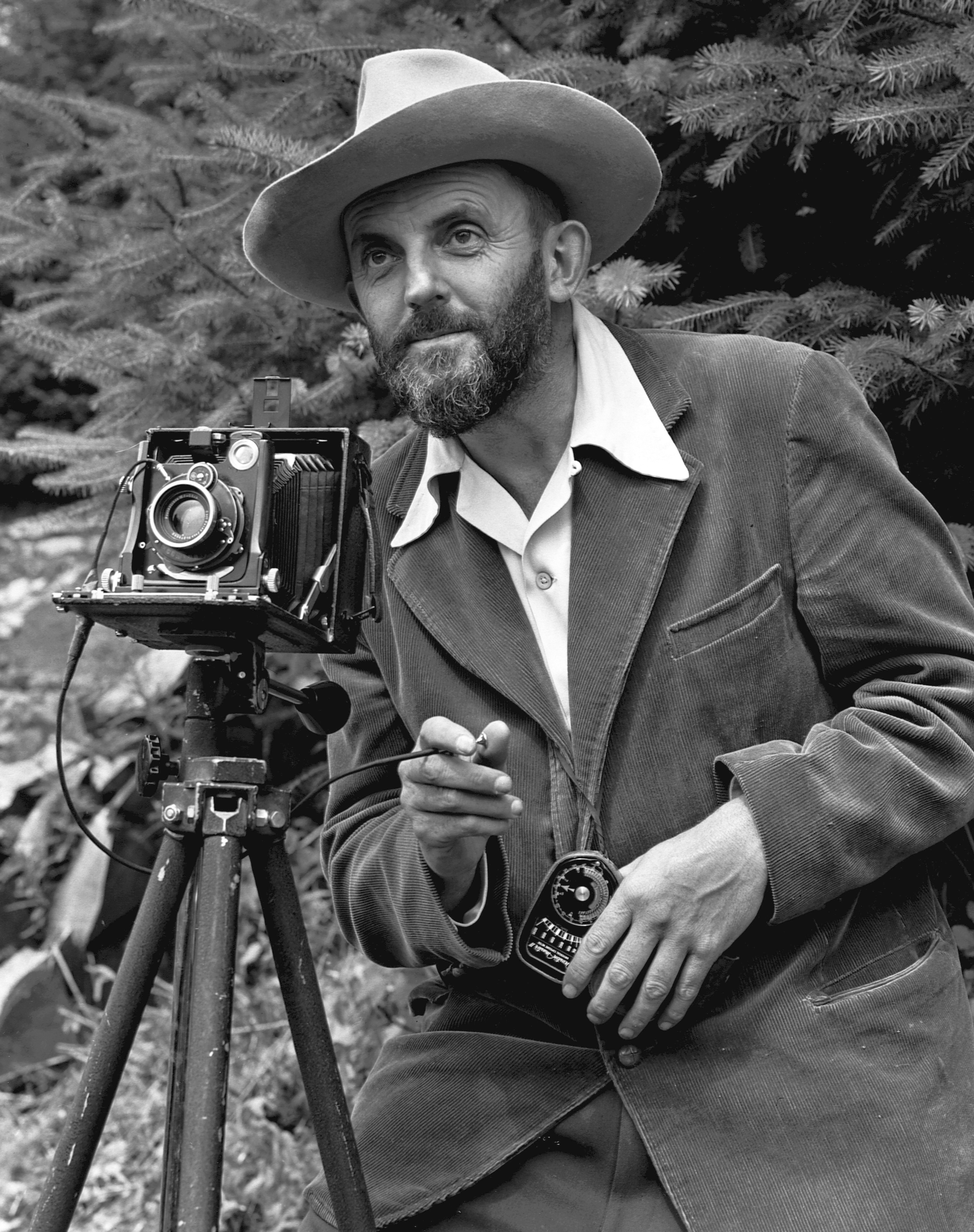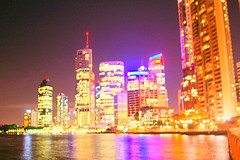I guess everyone with a camera knows the disappointment of a great moment that slipped away into a very average photo. The weather was changing to rain and this cormorant turned into the breeze to dry his wings before the rain squall arrived by the time I had fumbled in my camera bag and change my lens the little light left was disappearing fast and I was way to far away anyway, but I hit the shutter button anyway. The result was low key grayness and not quiet what I hoped, but very understandable given the conditions. So maybe it is a worthy candidate to use to compare all those auto-fix tools popping up in most software these days
First I tried out Live Gallery (which is free to download), it doesn't have so many "correction" features but top of the menu of fix tools is the auto adjust. The nice thing is, it does its job quickly but then gives you a set of sliders (which I didn't use) that can enhance the shadows or highlights separately to general brightness and contrast. You can see all this happen in the histogram at the bottom. You can also stretch the tone directly by setting the lightest and darkest tones with the little sliders below the histogram.
Next it used my favourite photo manager Picasa (also free to download). In a very googlesque touch they have called their autofix tool "I'm feeling lucky". I am not sure what exactly the tools does, but in addition to the contrast and tone stretch it also does some colour adjustment. If you want more control you can find the shadow, highlights, contrast and brightness under the Tuning Tab.
Another old favourite or mine is Corel Photo (now incorporated into Jasco Paintshop Pro) it has a no magic single click fix button just lots of option under the image/ adjust section of the menu. The auto equalize does the tone stretching an important part of the auto-fix process. Its definitely old fashioned but does the job.
Next I moved onto the camera bundled software I got with my cameras. First Olympus Camedia which does have have a auto fix, which gets on and makes a preview that you must accept. There are individual controls in are there in other tools. I also have the Pentax Photo Browser, which gives a slight
versus strong adjustment options under auto image fix. I found I needed the strong adjustment, and perhaps wanted more.
Last of all I thought I should try out Paint.Net (also free to download) which is promoting itself as photo editor as well as a paint tool. Like Corel photo its Auto-level just addresses the tone stretch, but there are the other individual brightness, contrast etc controls as well.
So how do the results stack up. Judge for yourself. (move your mouse across the photos below and see which software was used)
I don't think any of these are now wonderful pictures, but they are all "lifted" in different ways, the top four at least did produce a clearer print. I still feel the best place to do your adjustments is in the view finder and dials and/or buttons on your camera.





















